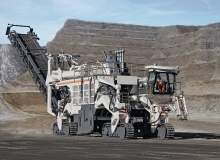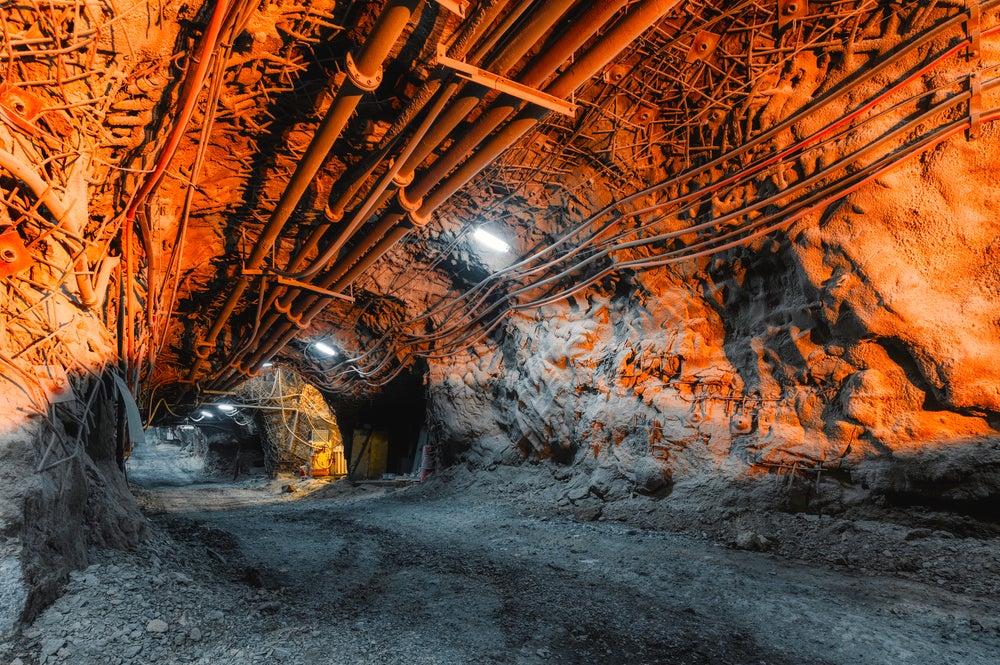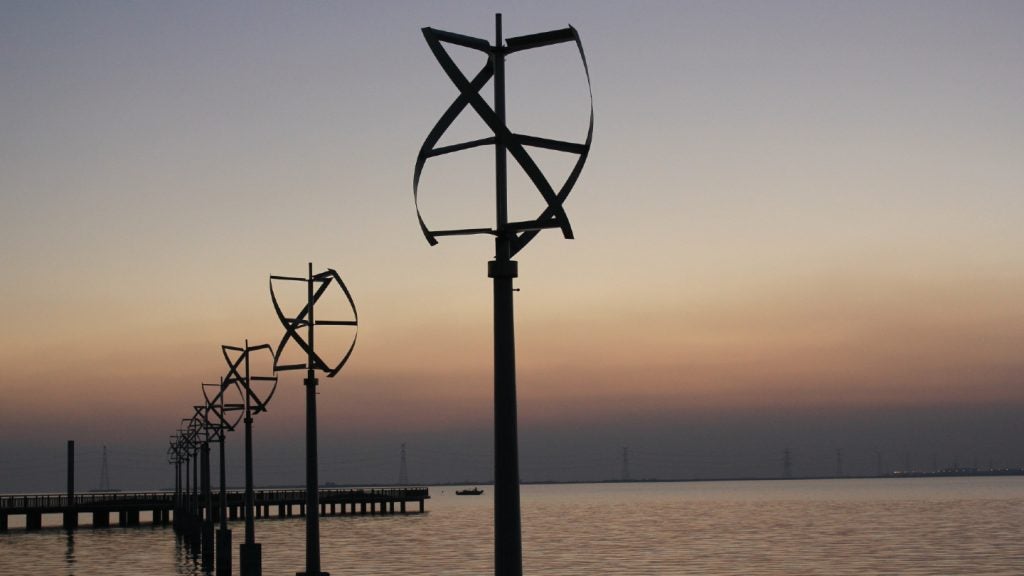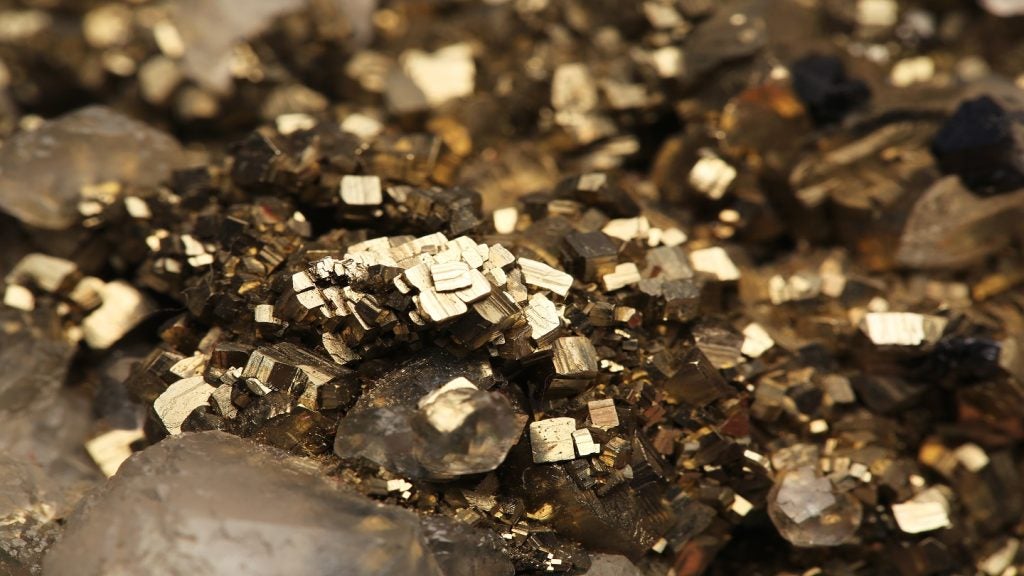
Industries don’t come much heavier than mining, and the vehicles and other on-site machinery have to have the size and heft to keep up with insatiable demand for the earth’s resources. But modern mining machines need to have inbuilt intelligence as well as brute strength.
Here we check out some of the mining industry’s biggest and best vehicles, as well as the sophisticated technology that lies behind all the stats on payload capacities and mining volumes.
Longwall roof supporters
Longwall moves are an enormous challenge to underground logistics due to the differing height and width of roadways, the radius of bends and the various types of ground conditions.
Here, roof support carriers provide lifting and carrying capacity at dimensions adequate for different mine layouts and tasks.
The latest addition to Caterpillar‘s range of roof supporters is the VTC680, setting the bar in the market of battery-powered roof support carriers with a payload of 72.5t.
How well do you really know your competitors?
Access the most comprehensive Company Profiles on the market, powered by GlobalData. Save hours of research. Gain competitive edge.

Thank you!
Your download email will arrive shortly
Not ready to buy yet? Download a free sample
We are confident about the unique quality of our Company Profiles. However, we want you to make the most beneficial decision for your business, so we offer a free sample that you can download by submitting the below form
By GlobalDataSee Also:
In contrast to diesel vehicles, battery-powered roof support carriers make longwall face moves simpler, more cost-effective and emission-free.
The VTC680 is the largest battery-powered vehicle available for underground applications and features a tri-sectional chassis for load handling stability, 100-degree articulation, operator-friendly control compartments and planetary axles with fail-safe wet disc brakes.
Big and beautiful: haulage trucks
The biggest and perhaps most efficient truck in the mining environment is Liebherr’s powerful T 282 C diesel electric vehicle, the pioneer among trucks with respect to payload capacity. It transports up to 363t with a top speed of 64km/hr.
According to Liebherr, the truck is engineered "to be strong, durable and light-weight," reducing cycle times and advancing supply chain coordination.
The trend, however, is the increasingly higher automation of mine processes, and trucks will be at the forefront of this movement. Rio Tinto for instance has been testing Komatsu driverless haul trucks for more than two years at its iron operations in Western Australia at the West Angelas mine.
According to the company, the trucks have performed "well above expectations" and it plans to double its fleet of autonomous trucks as part of its ‘Mine of the Future’ programme.
Draglines: the biggest of the big
Used in surface mining operations to clear overburden on a colossal scale, draglines are the largest platforms on any surface coal mining site.
Throughout much of the 20th century, Bucyrus International was the predominant manufacturer of these huge machines. Caterpillar acquired Bucyrus in 2011 for a reported $8.6bn, giving the machinery giant the most comprehensive range of draglines on the market.
The biggest of Cat’s range is the 8750, a mining behemoth weighing up to 7,500 metric tons. The bucket on the end of its 130-metre boom can scoop up 129m³ at a time.
But draglines aren’t just a question of scale. The use of AC drive technology in both the 8750’s direct drive variant and its conventional counterpart improves efficiency and reliability, meaning less downtime and lower maintenance costs thanks to brushless AC motors.
Surface miners
For the kinds of large-scale opencast mining projects that can afford draglines, the use of surface miners – massive vehicles that harvest minerals as they pass over them – can offer some distinct advantages.
The ability of these machines to cut, crush and load materials in a single pass is an advantage that mining vehicle specialist Wirtgen claims reduces production costs per ton of iron ore mined by around 40%.
Wirtgen developed the 4200 SM surface miner in conjunction with iron producer Fortescue Metals Group (FMG) as a high-performance machine suited to the demands of the iron ore mining process.
The vehicle has a cutting drum unit that is customised for the hard rock conditions prevalent in iron ore mining, although it can also be installed with a cutter for the softer rock of surface coal mining.
Modern systems like the 4200 SM, with its impressive manoeuvrability and high capacity two-stage conveyor system, can help mining operations achieve volumes of up to 3,000 tons an hour.
Continuous underground mining
Caterpillar is currently working on launching a continuous rock conveyor that could take productivity in hard rock underground mining to another level.
The RockFlow Feeder and RockFlow Mover implement a constant automatic conveyor that flows into the rock drop point, which could eventually remove slow trucks from the mine.
According to Caterpillar, the system is ready to hit the market and will be introduced in a copper mine in Chile in 2013.
Caterpillar manager Keith O’Neill explained at a global press briefing in Milwaukee in August 2011 that the system will bring significant cost reductions, a high grade of automation and enhance work safety of underground mining processes.
"The RockFlow is also an environmentally friendly option as it removes diesel-powered equipment and trucks from the underground workplace area," he said.
Material handling on a grand scale
The world’s largest rubber tired front-end wheel loader is LeTourneau’s L-2350 loader.
Designed to centre-load haul trucks with capacities such as Liebherr’s T282 C, the loader provides an operating payload of 160,000lbs, a 13.39m lift height and an 3.18m reach – numbers that put it firmly into the record books as the biggest earth mover in the world at the moment.
According to the company, the heart of the vehicle is the independent four-wheel electric drive, making it economical and easy to operate despite its size.
It features the LeTourneau integrated network control systems (LINCS), designed to help operators handling the machine even at the most demanding surface mines.
The company claims it provides instant, real-time feedback for operators as well as information to adjust performance according to mine conditions.
Mining software: bringing it all together
But all the power and precision of this machinery can’t be fully leveraged if a mine is not handling and transporting its extracted materials efficiently.
Mining operations incorporate incredibly complex logistics that can be almost impossible to keep track of without some level of automation.
Fortunately, the industry offers a range of integrated mining software systems that make for more intuitive control of operations and allow mine companies to make the most out of their big, expensive vehicles.
Modular Mining Systems’ IntelliMine asset management software, for example, brings together maintenance scheduling, safety protocol, fleet management and dispatching, as well as productivity optimisation.
Systems like IntelliMine also tend to be modular in nature, partly because mining companies appreciate being able to deploy the software that they need and ignore solutions which are useless to them.
According to Modular, nine out of the world’s ten largest open-pit surface mining operations use IntelliMine’s Dispatch module, as its fleet management capabilities are particularly suited to a mining method that relies heavily on well-organised haulage.
The modular nature of mining software is also useful for its flexibility when it comes to the integration of new plug-ins as new applications for the software become clear. In July 2011, Modular launched the FatigueAlert plug-in for IntelliMine, which allows mine operators to monitor the tiredness of their vehicle drivers on long shift patterns.
By Chris Lo and Elisabeth Fischer






